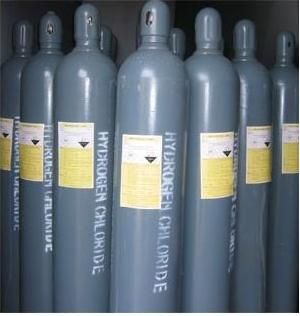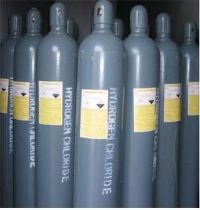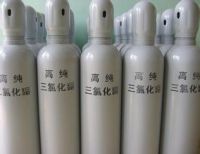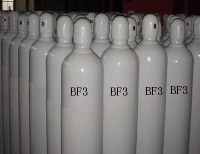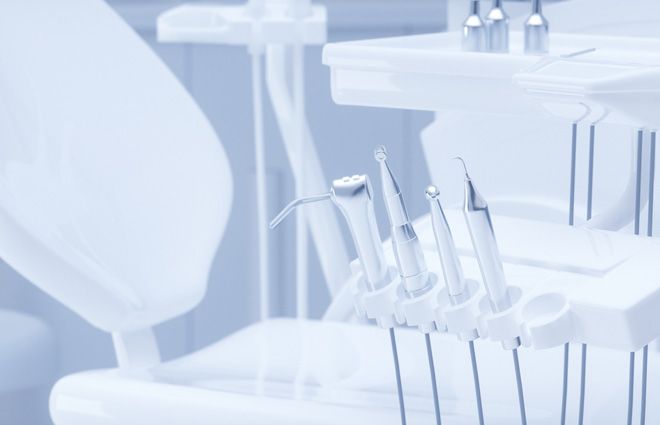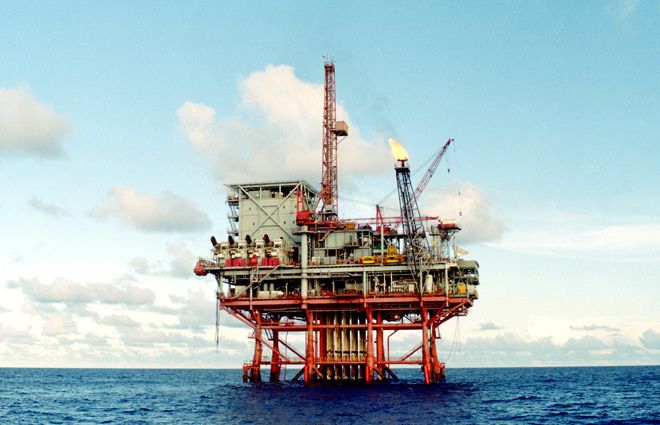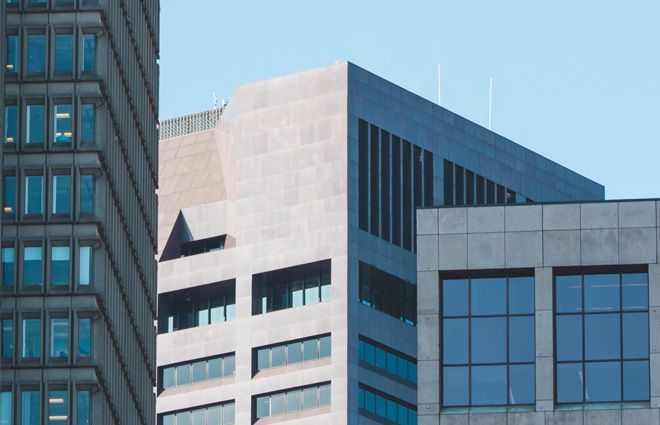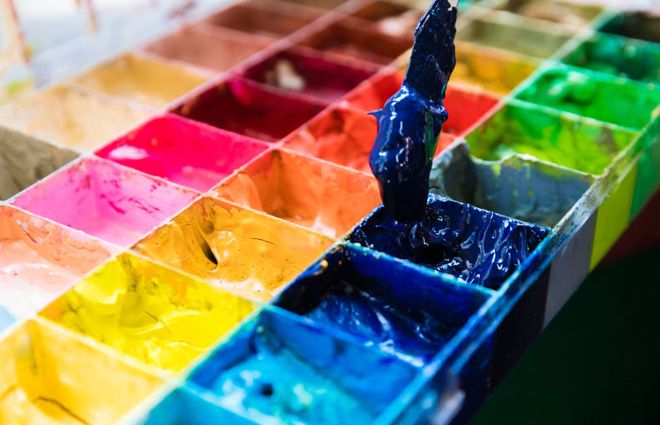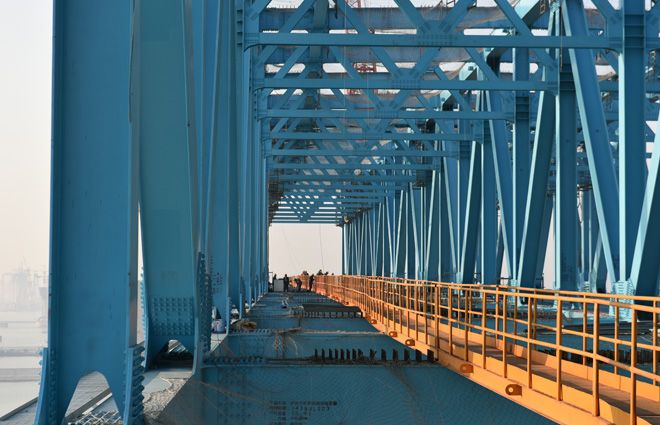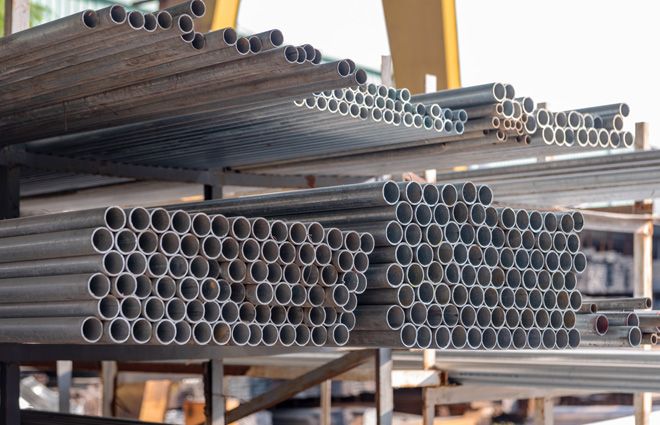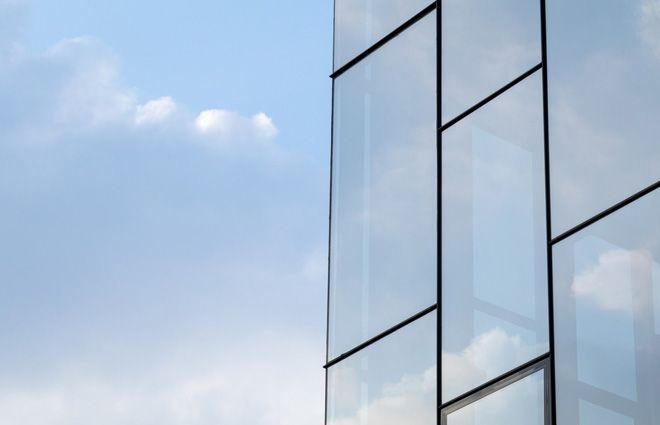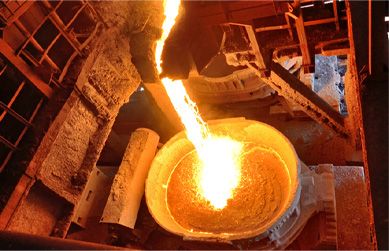Electronic HCL
Content introduction
1、 Product introduction
Hydrogen chloride is a colorless, toxic, corrosive, incombustible gas with asphyxiating odor, which is strongly irritating to the upper respiratory tract, and is harmful to eyes, skin
The mucosa is corroded. The specific gravity of hydrogen chloride is greater than that of air. It produces white smoke when meeting humid air. It does not react with water but is very soluble in water. Hydrochloric acid is chlorine
The aqueous solution of hydrogen is colorless or yellowish liquid. It does not burn in the air and is thermally stable. It does not decompose until about 1500 ℃. Mixed with ethylene
It becomes explosive gas.
Chinese name: hydrogen chloride | Molecular formula: HCL |
英文名:Hydrogen chloride | 相对分子量:36.46 |
CAS No:7647-01-0 | 危险性类别:第2.2类 |
UN No:1050 | 溶解性:极易溶于水 |
熔点:-114.2℃ | 沸点:-85.0℃ |
临界温度: 51.4℃ | 液体密度(-85.1℃):1191kg/m3 |
临界压力:8.26 MPa | 相对密度(气体,空气=1,): 1.267 |
2、 Technical indicators
Inspection items | index |
氯化氢(v/v)% ≥ | 99.999 |
氮 ppmv ≤ | 2 |
氧 氩 ppmv ≤ | 1 |
一氧化碳ppmv ≤ | 0.5 |
二氧化碳ppmv ≤ | 2 |
甲烷 ppmv ≤ | 1 |
水 ppmv ≤ | 1 |
铁 ppmv ≤ | 0.1 |
其它金属ppmv ≤ | 0.5 |
3、 Packaging specification
Packaging can be provided according to customer requirements.
4、 Application of hydrogen chloride
It is a very important basic raw material in the chemical industry and is widely used in the production of medicine, pigments and plastics.
High purity hydrogen chloride is mainly used for silicon epitaxial growth, vapor phase polishing, etching and cleaning treatment in large-scale integrated circuit production.
5、 Precautions
Hydrogen chloride emits white smoke when encountering humid air. It dissolves in water and generates a lot of heat, forming highly corrosive hydrochloric acid. Irritating sour taste
It can be detected at very low content (<5ppm). Direct contact with skin can cause severe burns. In case of hydrogen chloride leakage
Evacuate the personnel in the contaminated area and isolate them immediately. For small leakage, isolate them for 150m, and for large leakage, isolate them for 300m***
Access. It is recommended that emergency personnel wear self-contained positive pressure respirators and chemical protective clothing. Enter the site from the upwind. Cut off the source of leakage as much as possible.
Provide reasonable ventilation to accelerate diffusion. Spray ammonia water or other dilute lye for neutralization. Build a dike or dig a pit to collect a large amount of wastewater generated. If possible
The residual gas or leaked gas is sent to the water washing tower or the fume hood connected to the tower by the exhaust fan. Leaking containers shall be properly treated and reused after repair and inspection.
There is a cylinder inspection time on the bottle neck of the cylinder, and the unqualified cylinder should be entrusted to a qualified pressure vessel supplier such as Philips Special Gas for inspection
Unit inspection. It is strictly prohibited to use expired cylinders.




